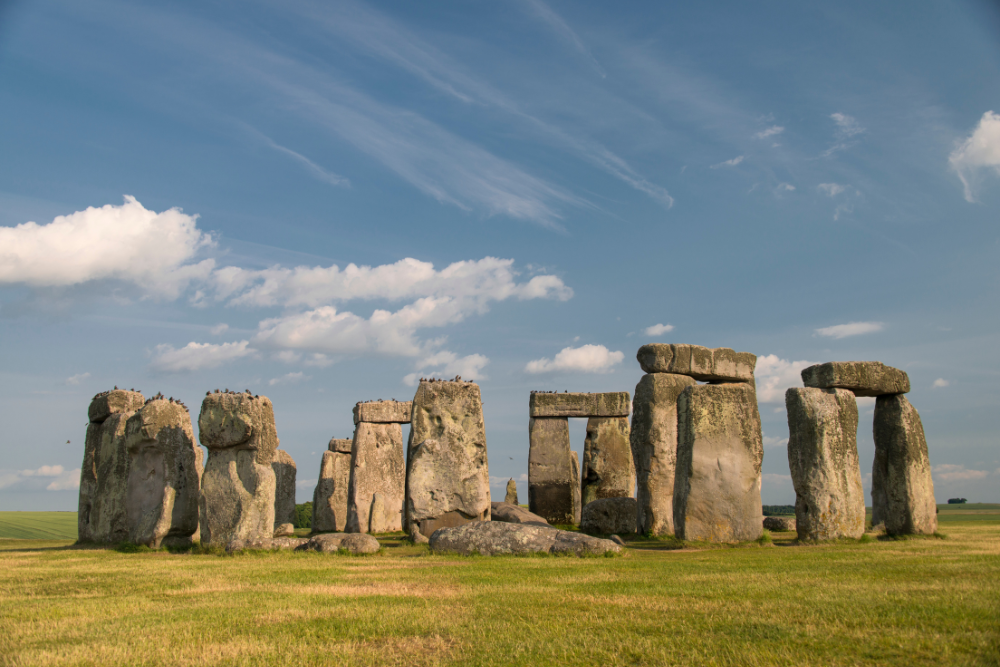Australia, a land of stunning natural beauty and rich cultural heritage, is home to 20 UNESCO World Heritage sites that span vast landscapes, iconic landmarks, and ancient cultural treasures. These sites offer a glimpse into the country’s unique ecosystems, geological wonders, and Indigenous history. Whether you’re a history enthusiast, nature lover, or adventurer, here’s a guide to exploring Australia’s most significant World Heritage sites.
1. Great Barrier Reef (Queensland)
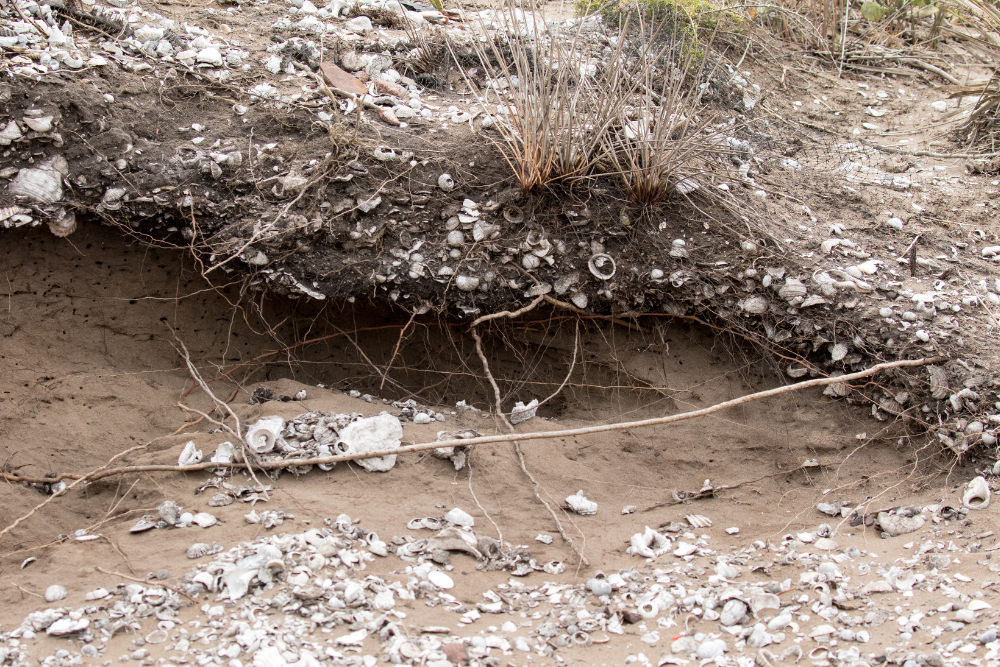
The world’s largest coral reef system, the Great Barrier Reef, is a vibrant underwater paradise.
- Highlights:
- Snorkel or dive among colorful coral reefs teeming with marine life.
- Visit the Whitsundays for pristine beaches and water activities.
- Enjoy a scenic flight for a bird’s-eye view of the reef.
- Best time to visit: May to October, when the weather is calm and visibility underwater is excellent.
2. Uluru-Kata Tjuta National Park (Northern Territory)
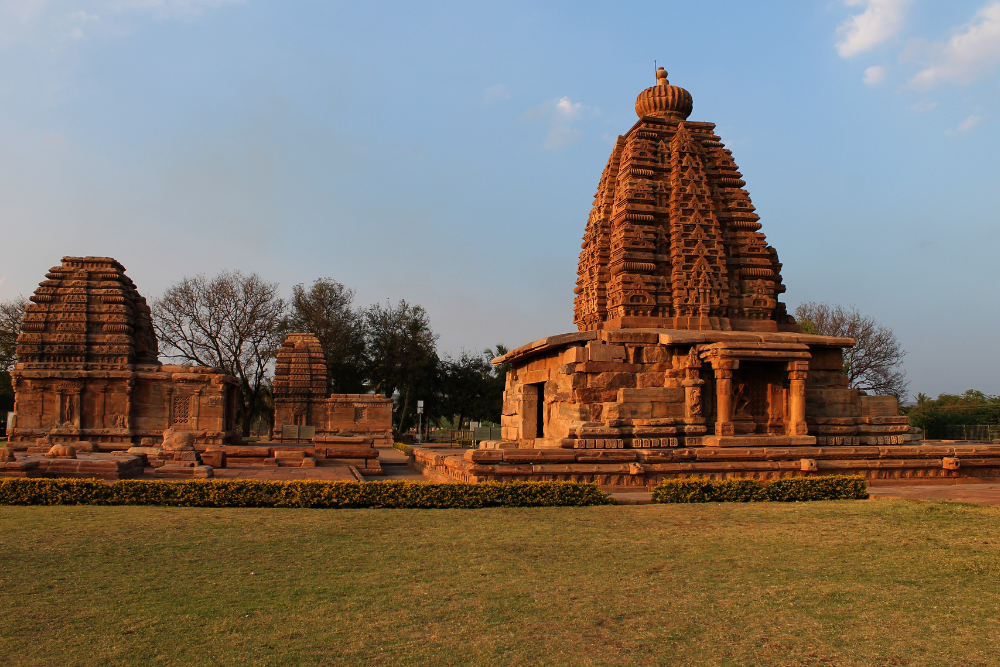
A sacred site for the Anangu people, Uluru (Ayers Rock) and Kata Tjuta (The Olgas) are iconic symbols of Australia’s spiritual and natural heritage.
- Highlights:
- Witness the changing colors of Uluru at sunrise and sunset.
- Take guided tours led by Indigenous rangers to learn about Anangu culture.
- Explore walking trails around Kata Tjuta’s domed formations.
- Travel tip: Respect the cultural significance of the area by following local guidelines.
3. Kakadu National Park (Northern Territory)
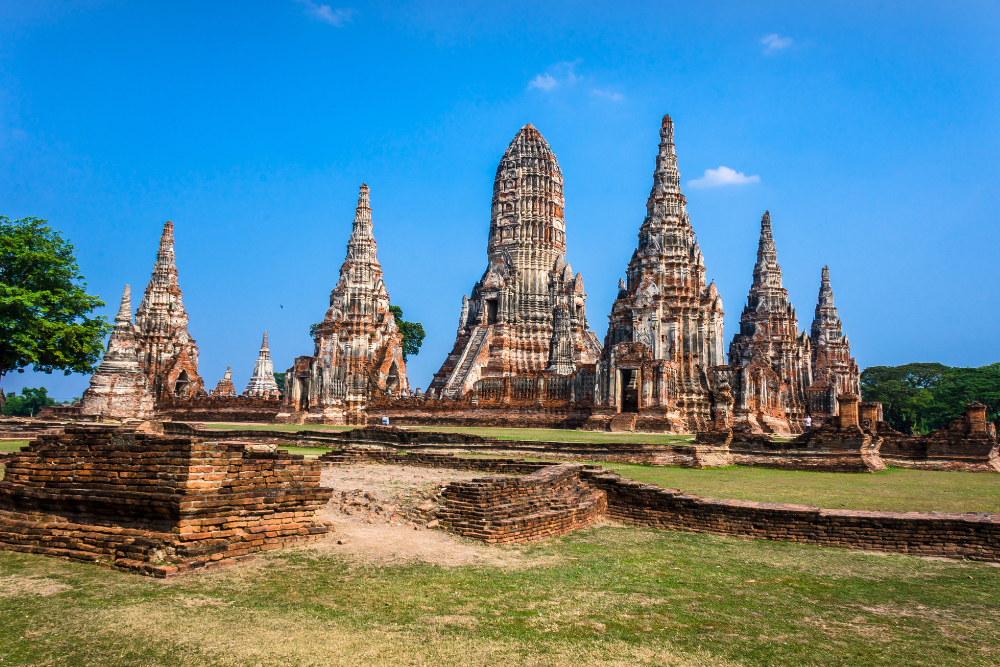
Kakadu is a treasure trove of biodiversity and ancient Aboriginal rock art, dating back over 20,000 years.
- Must-see features:
- Cruise along Yellow Water Billabong to spot crocodiles and birdlife.
- Discover rock art at Ubirr and Nourlangie, depicting Dreamtime stories.
- Marvel at cascading waterfalls like Jim Jim and Twin Falls.
- Best time to visit: Dry season (May to October) for accessible roads and comfortable weather.
4. Fraser Island (Queensland)
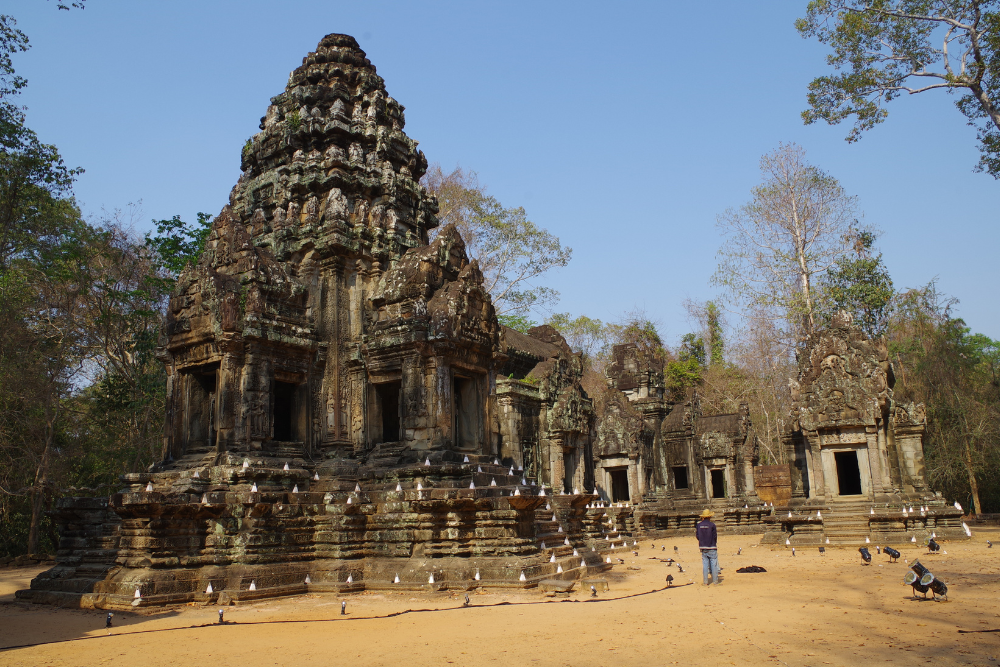
Fraser Island, the world’s largest sand island, boasts unique ecosystems, including rainforests growing on sand.
- Top activities:
- Swim in crystal-clear freshwater lakes like Lake McKenzie.
- Explore the island’s vast sand dunes and 75 Mile Beach.
- Spot dingoes and marine life, such as humpback whales (seasonal).
- Getting there: Accessible via ferry from Hervey Bay or Rainbow Beach.
5. Sydney Opera House (New South Wales)
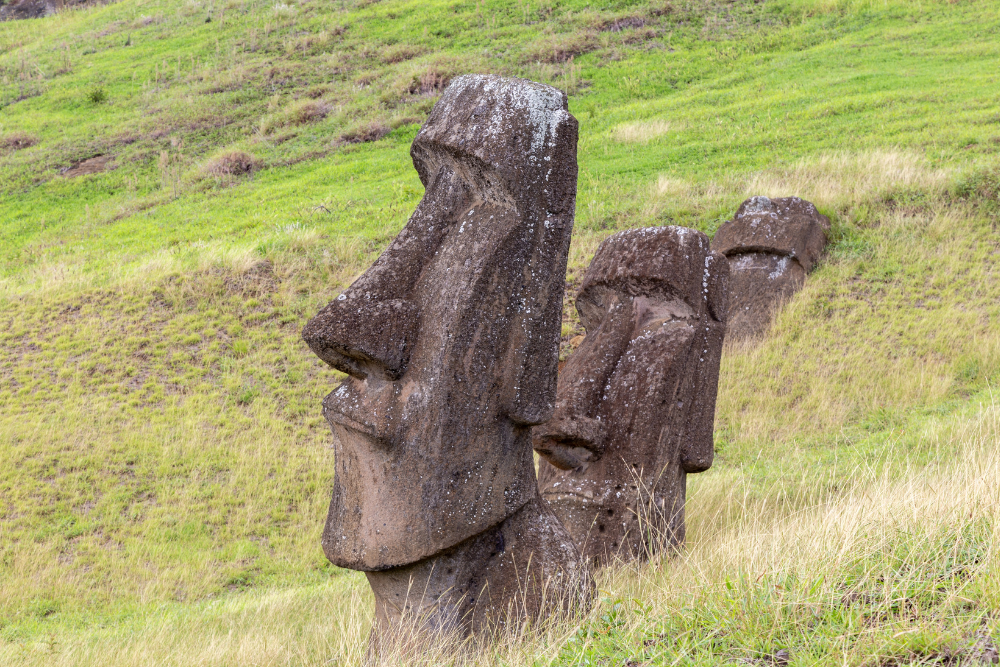
Recognized as a masterpiece of modern architecture, the Sydney Opera House is a cultural and artistic hub.
- What to do:
- Take a guided tour to learn about its history and design.
- Attend a world-class performance in one of its theaters.
- Enjoy stunning views of the harbor from its surrounding promenades.
Conclusion
Australia’s World Heritage sites offer a rich tapestry of natural beauty, cultural significance, and history. From the underwater wonders of the Great Barrier Reef to the spiritual landscapes of Uluru and the architectural brilliance of the Sydney Opera House, these sites provide unforgettable experiences for every traveler. Embark on a journey to explore these treasures and witness the best of Australia’s heritage firsthand!



